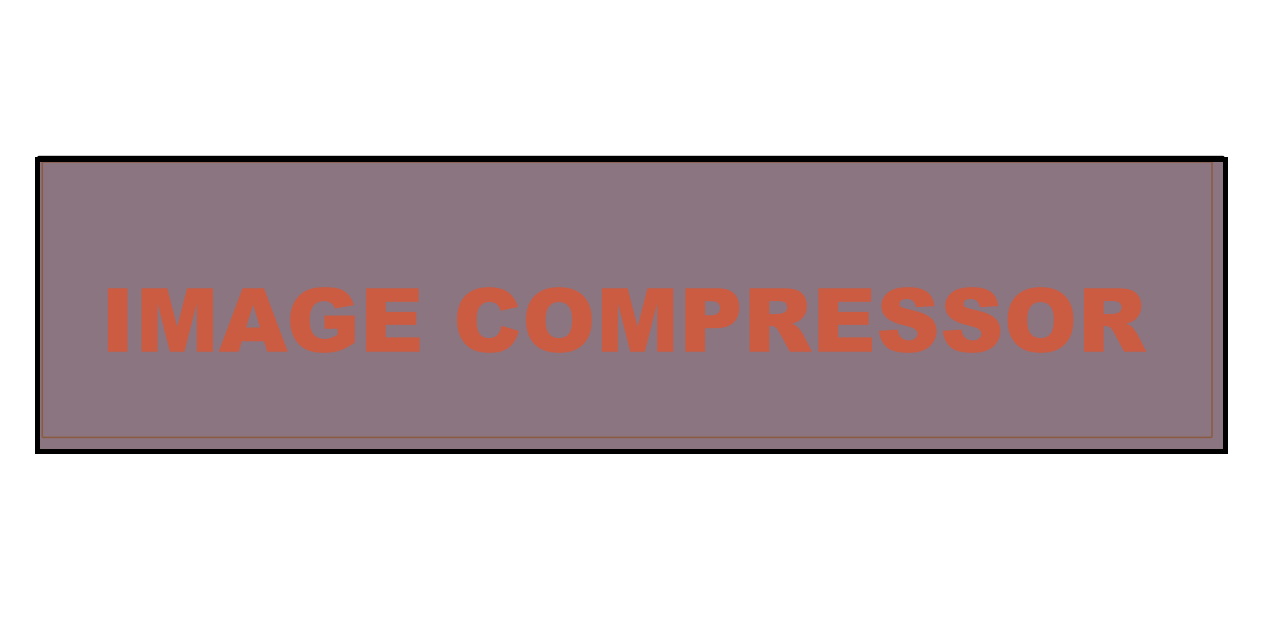This is a Free Online Tool to Compress JPEG Images to lowers file sizes.

Image Compressor to 20KB: Simplify Your Workflow
- Access our advanced online tool designed specifically to compress images to a file size of 20KB, adjusting both width and height proportionally.
- Click the "Upload Image" button to initiate the process. The upload will start instantly, ensuring a seamless experience.
- Any uploaded PNG image will be automatically converted into a compact JPG format. A download link for the optimized image will be generated within seconds.
- Click "Download Image in JPG" to retrieve your newly compressed image. Enjoy this convenient service entirely free of charge.
How to Convert PNG to JPG for Free: A User-Friendly Guide
- Begin by selecting the PNG image you want to convert. Ensure the file is ready on your device for an effortless upload process.
- Press the "Upload Image" button. Our system will handle the process automatically, ensuring a hassle-free conversion experience.
- Once uploaded, the PNG file will be converted into a JPG format without any manual intervention. A download link for the compressed JPG file will appear promptly.
- Click "Download Image in JPG" to save the converted image. This entire process is completely free and highly efficient.
Why Choose JPG over PNG: Maximizing Efficiency
Discover the advantages of converting PNG to JPG.
Transitioning from PNG to JPG can be a game-changer for managing image files effectively. JPGs generally have smaller file sizes than PNGs, making them ideal for situations where storage space is limited or speed is critical, such as uploading files online.
While PNGs excel in maintaining high-quality images with transparent backgrounds, they may not always be practical for everyday use. JPGs, on the other hand, offer universal compatibility, ensuring that your images can be easily viewed, shared, and integrated across various platforms and devices without technical issues.
Additionally, JPG files are perfect for scenarios requiring reduced file sizes, such as web content or email attachments. They employ compression techniques that maintain acceptable image quality while significantly reducing file size, making them an efficient option for numerous applications.
PNG vs. JPG: Choosing the Right Format for Your Needs
Understand the differences between PNG and JPG to make informed decisions.
PNG (Portable Network Graphics): This format is ideal for high-quality graphics with transparency. PNG uses lossless compression, preserving every detail of the original image, making it suitable for logos, icons, and illustrations where quality cannot be compromised.
JPG (Joint Photographic Experts Group): Designed for photographs and images with intricate gradients, JPG files use lossy compression to reduce file size, which may result in slight quality loss. However, this format is highly efficient for scenarios where minimal file size is essential.
Ultimately, the choice depends on your priorities. For transparency and detail, PNG is the best option. For reduced file size and compatibility, JPG is the practical choice. Understanding these differences allows you to select the right format for each project.
Step-by-Step: Free PNG to JPG Conversion Methods
Numerous tools make converting PNG to JPG a straightforward process. Free online platforms such as Convertio or Adobe Express provide intuitive interfaces where you can upload your PNG file, adjust quality settings if needed, and download the resulting JPG instantly.
For users seeking more control, software like Adobe Photoshop or Microsoft Paint allows manual editing before saving the image in JPG format. These tools offer flexibility and additional features for customization.
Whether you prefer online converters or software solutions, converting PNG to JPG ensures a smaller file size, making it more manageable and widely compatible. Explore these methods to find the one that aligns with your preferences.
Security and Quality Assurance During Conversion
How safe is the conversion process? Modern conversion tools prioritize security and data integrity. When converting images, especially those containing sensitive information, using trusted platforms ensures your data remains secure.
Reputable tools utilize advanced algorithms to compress files efficiently without compromising privacy. Always back up important images to prevent any unintended data loss during the process.
By taking these precautions, you can confidently convert PNG to JPG while maintaining both security and quality, whether for personal or professional use.
Conclusion: Transform Your Workflow with Simple Tools
Simplifying image management is crucial in today’s digital environment. Using accessible tools to convert PNG to JPG or compress files to specific sizes not only saves space but also enhances functionality. Whether you are optimizing images for the web or archiving files, these tools provide an efficient solution tailored to your needs.